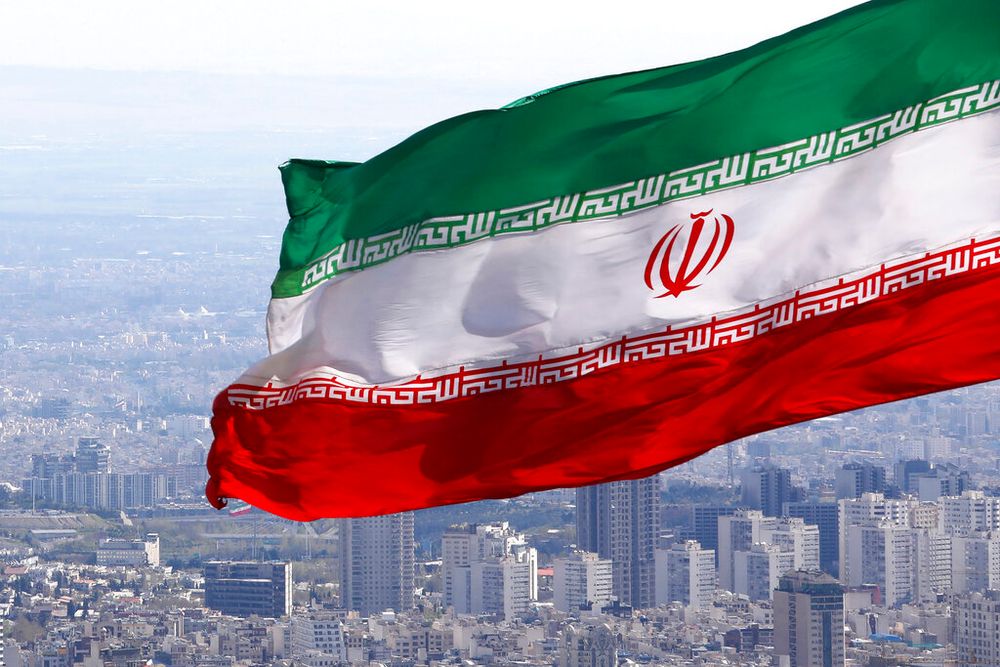The Mullahs' Masquerade is Over: How Televised Funerals and Missing Uranium Exposed an Unstoppable Nuclear Threat

For decades, the international community has been held captive by a single, monotonous narrative spun from Tehran: Iran’s nuclear program is a purely peaceful endeavor, a sovereign right for energy and medicine. The officials of the Islamic Republic have repeated this mantra with such metronomic regularity that, for some, it has taken on the dull glaze of truth. Yet, a cascade of recent events, combining brazen public spectacle with damning international confirmations, has not merely chipped away at this fiction—it has shattered it completely. The masquerade is over. What stands exposed is not a misunderstood nation seeking civilian power, but a weakened, paranoid, and duplicitous regime guarding a hardened, unstoppable, and clandestine nuclear weapons program.
A Funeral for a Lie
There is no more potent symbol of this unmasking than the regime’s own funereal pageantry. In a grotesque and revealing spectacle broadcast on state television, Iran held massive joint funerals for its fallen. But who did they mourn side-by-side? Not just nuclear scientists, the supposed stewards of a “peaceful” program, but the highest echelons of the Islamic Revolutionary Guard Corps (IRGC), including top commanders like Gen. Salami and ballistic missile chiefs like Gen. Hajizadeh.
Let us be clinically precise about what this means. This was not a tragic coincidence; it was a political statement. It was the public, irrefutable fusion of Iran’s military apparatus with its nuclear ambitions. No nation on Earth holds state funerals for its civilian energy sector workers alongside the generals who command its armies and aim its missiles. The regime, in a moment of hubris or desperation, has destroyed the foundational lie of its own narrative. The claim that the scientists at Isfahan and Natanz were working on medical isotopes while the IRGC worked on national defense has been exposed as an absurdity by the very government promoting it. They have held a funeral not just for their men, but for the lie itself.
The Empty Chair and the Barred Door
While the regime’s public actions have been revealing, its clandestine maneuvers have been damning. The International Atomic Energy Agency (IAEA), the world’s designated nuclear watchdog, has been systematically blinded. The Director-General, Rafael Grossi, has been effectively banned, surveillance cameras have been ripped from their mounts, and menacing calls for the IAEA chief's execution have reportedly echoed within the regime’s circles. This is not the behavior of a state with nothing to hide; it is the panicked reaction of a criminal scrubbing a crime scene.
And now we know precisely what they are hiding. Director-General Grossi has confirmed the world’s worst fears: a 900-pound stockpile of highly enriched uranium has vanished. Following recent strikes, this weapons-grade material is simply gone, its location unknown. The long-theorized “shell game” is no longer a theory. It is a fact, confirmed by the highest international authority. Iran has moved its most critical, bomb-enabling material to a secret, undeclared, and unmonitored location. The question is no longer if Iran is cheating the international community, but where they are hiding the final components for their bomb.
The Bunker and the Bomb
The most terrifying dimension of this new reality is its permanence. Any lingering hope that this threat could be managed or surgically removed by military force has been officially extinguished—not by Iranian propaganda, but by the United States’ own military leadership. The Chairman of the U.S. Joint Chiefs of Staff has publicly acknowledged that Iran’s core enrichment facility at Isfahan, where the majority of its enriched uranium is held, is buried too deep for America’s most powerful conventional “bunker-buster” bombs to penetrate.
This single admission transforms the entire strategic landscape. The Iranian nuclear program is no longer a challenge to be solved; it is a feature of the geopolitical map. It is hardened, invulnerable, and beyond the reach of conventional military strikes. The program has achieved a state of permanence that makes the regime's duplicity infinitely more dangerous. They are not just building a weapon in secret; they are doing so from within an impregnable fortress.
A Portrait of a Wounded Regime
Paradoxically, this hardened nuclear ambition is guarded by an increasingly brittle and fragile regime. The image of strength and revolutionary resolve that Tehran projects has been reduced to a pathetic and humiliating spectacle. The regime was forced to televise a top aide to the Supreme Leader, Ali Shamkhani, hobbling with a walking stick and using a breathing aid. His own testimony confirmed that his condition was the result of a successful precision strike on his own home. The message was clear and undeniable: the regime cannot protect its own inner circle. Its security is a myth.
This profound weakness at the top radiates outward as brutal paranoia. The state-media-endorsed “season of traitor-killing” has seen citizens accused of spying for Israel subjected to speedy show trials and public executions. A confident government does not need to engage in such vicious domestic crackdowns. This is the behavior of a cornered animal, using external conflict as a pretext to terrorize its own population, lashing out at shadows because it knows it is vulnerable and infiltrated. The Supreme Leader’s claims of “victory” are now openly mocked by world leaders, painting a portrait of a leadership that is not just weak, but delusional and dangerously detached from reality.
The final, grim truth is this: The long-running debate over Iran's intentions is over. The evidence is in. The confluence of public admission, confirmed deception, and demonstrated weakness has laid bare the regime’s true nature. We are not dealing with a rational actor pursuing a peaceful energy program. We are facing a paranoid, wounded, and delusional leadership, sitting atop an invulnerable nuclear infrastructure, making a final, desperate sprint for the one weapon it believes will guarantee its survival. The time for believing their lies is long past. The time for confronting the terrifying reality they have created is now.